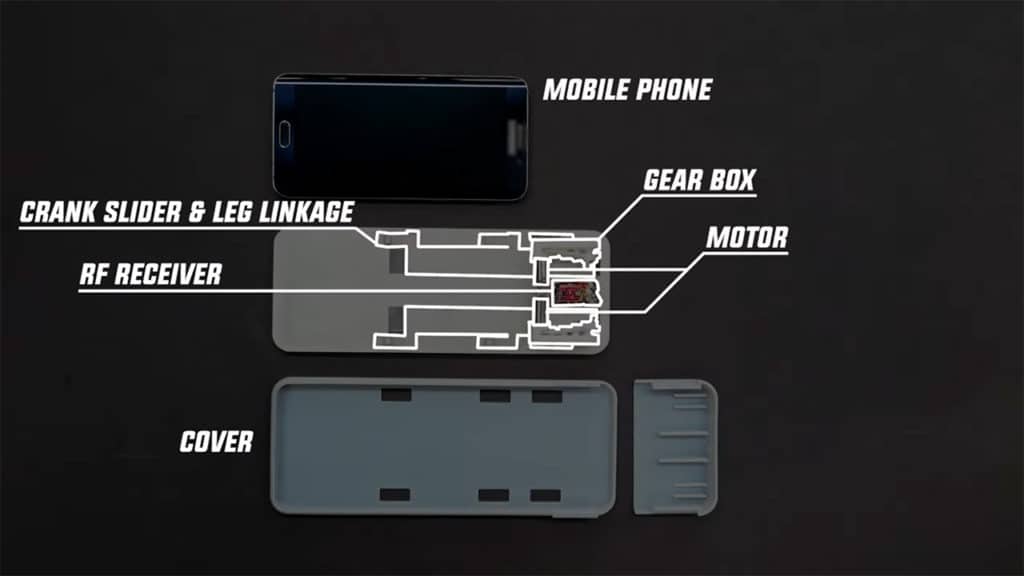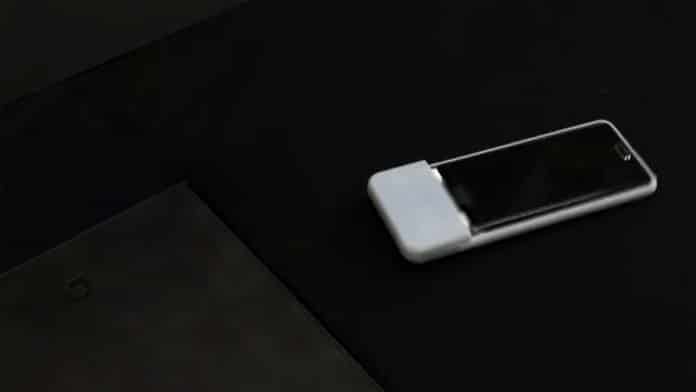Most people charge their smartphones every day, but no matter whether you plug in a cable or place the device on a Qi charging pad, it is always a little exhausting. Korean researchers have made the dreams of the lazy ones a reality – created a robotic phone case that allows a smartphone to walk by itself to the wireless charging pad.
This unique smartphone case, called CaseCrawler, was developed by robotic researchers from the Biorobotics Laboratory at Seoul National University. As the name suggests, the idea behind the case is that the mobile phone itself should be able to crawl up and lie down on the charging plate when the mobile phone’s battery needs to be charged.

The CaseCrawler is almost as wide as a smartphone and is noticeably longer in length. It adds a bit of bulk to your smartphone – about 16 millimeters on the end that houses the prototype’s electric motor and other components. It’s only 24 millimeters thick (excluding the motor housing), and the total weight is just under 82 grams.
The cover is equipped with two motors and a set of six retractable legs with a one-way bending knee. When these legs move in one direction, they push against the ground and propel the robot forward. On the return stroke, the joint allows the leg to fold, making it compliant so that it doesn’t exert force on the ground.
The transmission that sends power from the gearbox to the legs is just 1.5-millimeters thick. Despite a very thin and lightweight mechanical structure, it is quite powerful. A non-phone case version of the robot, weighing about 23 g, is able to crawl at 21 centimeters per second while carrying a payload of just over 300 grams, which is 13 times its own weight.
However, CaseCrawler is currently in its very prototype stage and can only trot in one direction and contains no intelligence to find any charging plates nearby. This means that the user must steer the phone in the right direction so that it finds its destination. But it is not difficult to imagine a future in which the sensors of the smartphone are used to find the way, and in which the built-in parts are miniaturized to such an extent that CaseCrawler could become a real mobile phone case. Until then, however, you have to worry about charging your smartphone yourself. An article about the case was published in IEEE Robotics and Automation Letters.
